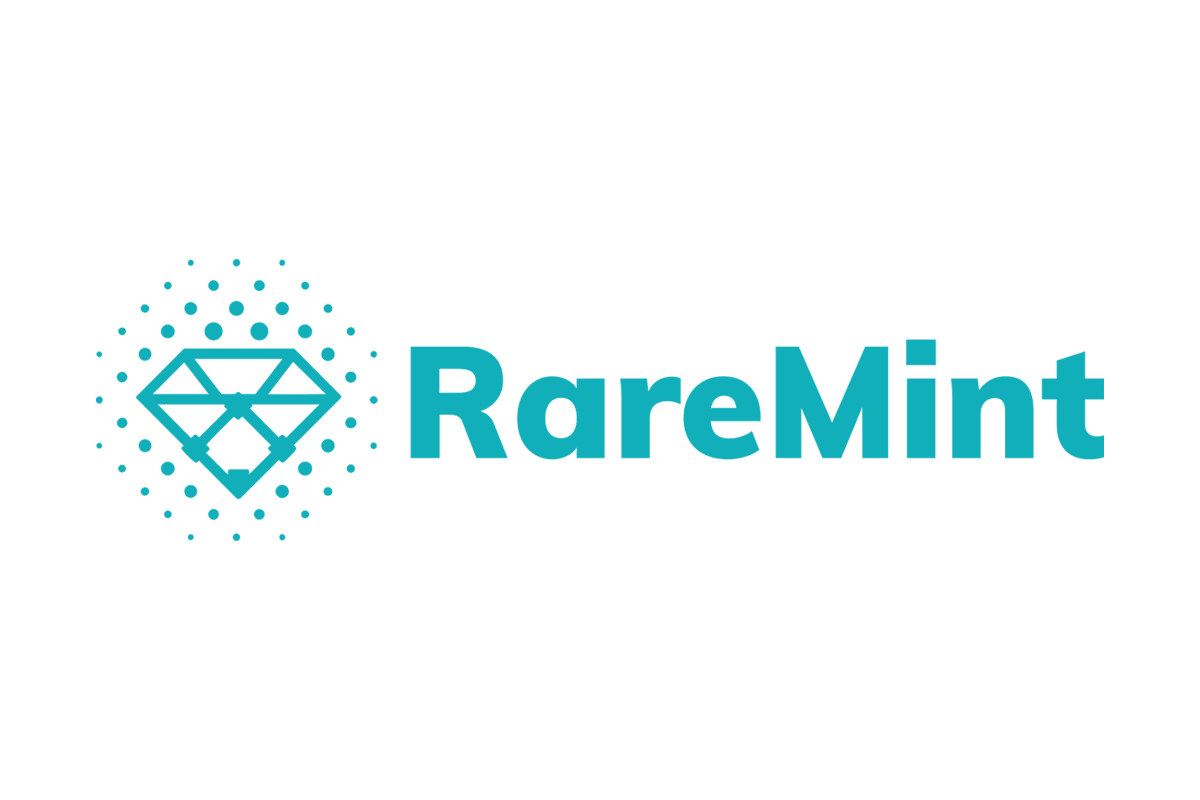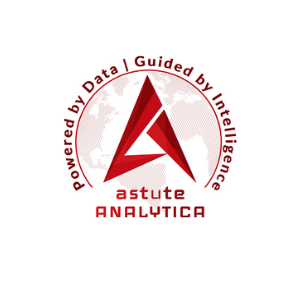Blockchain
Michael Jordan and Lou Gehrig Asset-Backed NFTs Sell Out on RareMint’s New Marketplace

RareMint announces the successful beta launch of its marketplace for sports collectibles, with two unique Michael Jordan and Lou Gehrig asset-backed NFTs selling out and additional memorabilia and collectibles including the FIFA World Cup being listed for fans and enthusiasts. RareMint uses NFTs to access provenance, unique asset experiences, asset revenue beyond just appreciation, and content opportunities that haven’t previously been available to users through a single, secure ownership solution. Investors backing the company include Arca, Gatecap Ventures, Sana Sano Capital, BKCoin Capital, Crescent City Capital, and Commerce Ventures.
Following the beta launch on March 17, RareMint released two historical asset-backed NFTs to high-profile investors. The first category of Ultra Rare NFTs included a 1989-1990 game-worn Michael Jordan jersey. The second was a 1930 Lou Gehrig home run ball signed by Lou Gehrig and Babe Ruth, which was purchased by BKCoin Capital.
The size of the sports collectible market was recently estimated at $5.4B and is expected to rise at a rate of 9.7% between 2022 to 2031. Additionally, the NFT market surpassed $40B in 2021. However, buyers and sellers are still faced with trading barriers like high fees and minimum buy-ins, questionable authentication and provenance, poor discoverability, and lack of recurring revenue. RareMint has strategic plans to tackle these issues all while providing innovative opportunities at the intersection of traditional collectible markets and the financialization of NFTs.
“The future of sports collectibles is digital and we’re only scratching the surface of our asset-backed NFTs. I’m very excited about the potential of unlocking increased liquidity and additional financial value for these valuable rare assets through DeFi mechanics such as collateralized lending. We are passionate about creating opportunities for athletes to monetize their own collections and connect with the next generation of fans through RareMint. Every asset has an origin story so we create timeless preservation of provenance, authenticity, and legendary stories from these assets”, said Brett Calapp, Co-Founder and CEO of RareMint. Calapp’s background includes nearly two decades of experience in online real money and social gaming. He is the sole director of the largest tribal branded online sportsbook in Arizona, advisor to NFT fight game Taunt Battleworld, and is on the board of directors of a sports and gambling acquisition company NASDAQ: BPAC, among others.
Every Ultra Rare NFT on RareMint is backed by a physical asset, ensuring that the owner of the NFT is also the owner of the real sports collectibles held in custody in RareMint’s secure vault. To demonstrate the team’s commitment to transparency as trusted custodians of each customer’s collection, every 90 days, a third party audits the vault(s). All assets are authenticated by industry-standard service providers such as PSA, JSA, or Beckett as well as RareMint’s internal authentication process that includes documentation of the asset as it is digitized in their studio. Some assets include multiple authentication pieces, photo matching, and letters of provenance. Images of Certificate of Authenticity are available for preview and fully accessible on the platform for the asset owner.
BKCoin Ventures is BKCoin’s Capital inaugural venture fund focused on crypto-native investments. The BKCoin team identified a unique opportunity in owning asset-backed NFTs and became one of the first collectors and supporters of RareMint by purchasing Lou Gehrig’s Ultra Rare NFT, the original asset secured in Raremint’s vault. “With rare sports collectible NFTs, there is a fixed supply since Lou Gehrig is not hitting any more home run balls and Michael Jordan is not dropping any more game winning shots. Asset-backed NFTs make for a solid alternative investment in an otherwise volatile market that has no cap in supply,” said Carlos Betancourt, Founding Principal of BKCoin Capital.
RareMint enables collectors at all levels to participate as fans through the creation of commemorative editions at price points accessible to everyone. Since there is only one Ultra Rare collectible of each asset on offer – RareMint makes available 25 Limited Editions in any given drop, each representing a foundational piece to completing a RareMint Registry Set. By purchasing additional drops and to build collections of NFTs, fans participate in the ultimate set building competition; accompanied by a generous rewards system.
Each set journey begins with a single purchase of a RareMint Limited Edition NFT. By completing sets, collectors earn numerous rewards such as:
- MINTS tokens (coming in the summer of 2022)
- Top Leaderboard Ranking
- Early access to future NFT drops
- Exclusive NFT airdrops for near complete sets
- Access to compete in cross set challenges
- Invitations to exclusive RareMint Registry events
“Our product offering will consist of many variations of ways fans can connect with their favorite historical athletes and assets by distributing ERC-721 tokens on Ethereum and layer 2 networks such as Polygon and Arbitrum. We are working with partners to facilitate a custodial solution where the everyday fan can have a lower barrier to entry without having to set up and manage their keys in a wallet if they choose not to”, stated Niko Hosn, Co-Founder and CTO of RareMint. Hosn is a hands-on and dedicated blockchain architect and engineer with a stellar record in building technology-based solutions to deliver the company’s blockchain vision, including Citibank, SifChain, and Lumedic.
The team is thrilled to have successfully launched the platform in Beta and looks forward to all future platform developments and fan engagements opportunities. Various asset-backed NFTs will be dropped on the platform every week, allowing collectors to access millions of dollars worth of collectibles on a regular basis.
For more information, please visit www.raremint.com.
Blockchain
Simplify Labs Expands Educational Outreach with Monthly Crypto Webinars
Blockchain
Blocks & Headlines: Today in Blockchain – May 21, 2025

In an era defined by rapid innovation and regulatory shifts, today’s blockchain briefing spotlights five pivotal developments: enterprise-grade data integration, municipal crypto pilots, state-level policy hearings, AI-powered token growth, and secure communications on a public ledger. Across these stories, three key trends emerge:
-
Enterprise Adoption & Data Integration
-
Government Experimentation & Oversight
-
AI & Security Innovations in Crypto
Below, we dissect each story’s essence, unpack its broader implications, and offer opinion-driven insight for Web3 stakeholders.
1. Space and Time Joins Forces with Microsoft Fabric
Source: Chainwire / The Defiant
On May 20, 2025, Space and Time Labs (SXT)—a zero-knowledge data platform backed by Microsoft’s M12 Ventures—announced integration of its multichain index (Bitcoin, Sui, Ethereum) into Microsoft Fabric’s OneLake environment. This partnership delivers real-time, verifiable blockchain data directly within Azure, enabling developers and enterprises to build data-driven Web3 and AI applications without custom pipelines.
Opinion: Embedding verifiable on-chain data into mainstream analytics tools marks a watershed moment. As traditional enterprises crave decentralized insights, Fabric’s native access to SXT’s ZK-proven data could accelerate blockchain analytics, foster hybrid cloud-Web3 solutions, and reduce vendor lock-in. Expect more legacy tech giants to pursue similar alliances.
2. New York City Eyes Crypto for Taxes & Records
Source: DL News
Mayor Eric Adams revealed plans to form a Digital Assets Advisory Council to explore crypto-based payments for municipal services, including taxes, birth/death certificates, and land records. While specifics remain under wraps, Adams highlighted zero-knowledge proofs as a privacy-preserving tool for public documentation on distributed ledgers.
Opinion: New York’s initiative signals growing municipal appetite for blockchain beyond investments. By potentially accepting tax payments in crypto and securing vital records on-chain, NYC could pioneer use cases that blend transparency with privacy. However, pilot programs must rigorously address volatility, regulatory compliance, and digital inclusion to avoid disenfranchising underserved communities.
3. Wyoming Committee Explores Blockchain, AI & Right-to-Repair
Source: Wyoming Public Media
During its first interim meeting (May 14–15, Jackson Hole), Wyoming’s Select Committee on Blockchain, Financial Technology and Digital Innovation reviewed the state’s proposed Wyoming Stable Token—tethered 1:1 to USD—and examined AI governance and right-to-repair legislation. The Stable Token Commission anticipates a July 4 alpha launch, while lawmakers debated CBDC distinctions, tokenized real-world assets, and consumer repair rights.
Opinion: Wyoming continues to cement its reputation as a blockchain haven. Explicit carve-outs distinguishing stablecoins from CBDCs, coupled with regulatory sandboxes for AI and repair laws, underscore a holistic approach to innovation. Other states should monitor Wyoming’s alpha testing outcomes to inform balanced policy frameworks that nurture Web3 while safeguarding consumer interests.
4. AI Tokens Surge in Crypto’s New Tango
Source: The Economic Times
Himanshi Lohchab reports that AI-centric utility tokens—built to autonomously execute services like compute renting (Render), predictive analytics (SingularityNET), and data marketplaces (Ocean Protocol)—have seen market caps soar from $2.7 billion to nearly $30 billion within a year. Key players include Near Protocol’s AI modules, ICP, The Graph, and emerging AI agents that generate revenue per usage. Institutional interest from Grayscale, BlackRock, and Fidelity further validates the trend.
Opinion: The AI-blockchain convergence is no fleeting fad. AI tokens promise programmable revenue streams and decentralized toolchains, but they also introduce autonomous risk vectors—buggy smart contracts, accountability gaps, and regulatory ambiguity. Security audits, standardized interoperability protocols, and clear legal frameworks will be crucial to sustain investor confidence.
5. BSV Association Selects Binarii Labs for Secure Communications
Source: CoinGeek (via PRNewswire)
The BSV Association has designated Binarii Labs to implement BinariiDSM, an encrypted file exchange and messaging suite that logs proofs of record on the BSV blockchain. This integration ensures immutable audit trails, data resilience, and end-to-end confidentiality for enterprises seeking verifiable trust without centralized intermediaries.
Opinion: As data privacy regulations tighten globally, blockchain-anchored communication platforms like BinariiDSM offer a compelling alternative to legacy VPNs and secure email. By immutably recording metadata on-chain, organizations can demonstrate compliance, simplify audits, and deter insider threats. Look for BSV’s secure-messaging model to inspire similar offerings on other smart-contract platforms.
Conclusion: Navigating a Dynamic Blockchain Frontier
Today’s stories reaffirm that blockchain is no longer an experimental niche—it’s permeating analytics, public services, legislative agendas, tokenomics, and secure communications. To thrive:
-
Forge Strategic Alliances: Enterprises should partner with ZK and data-fabric innovators to embed blockchain insights into their analytics stacks.
-
Pilot Pragmatically: Municipalities must balance visionary crypto use cases with compliance, volatility management, and equitable access.
-
Craft Balanced Policy: States can emulate Wyoming’s sandbox approach—distinguishing stablecoins from CBDCs, while addressing AI and repair rights.
-
Secure the Autonomous Agent Era: As AI tokens multiply, enforce rigorous security audits and interoperability standards.
-
Leverage On-Chain Trust: Consider blockchain-anchored communications for immutable audit trails and enhanced data resilience.
By embracing these actions, organizations and policymakers can harness blockchain’s transformative power while mitigating emerging risks.
The post Blocks & Headlines: Today in Blockchain – May 21, 2025 appeared first on News, Events, Advertising Options.
Blockchain
Hair Transplant Market To Worth Over US$ 41.01 Billion By 2033 | Astute Analytica
-

 Blockchain7 days ago
Blockchain7 days agoBlocks & Headlines: Today in Blockchain – May 15, 2025 (BTC’s Push, Pi Network Fund, Stablecoin Levers, JPM Pilot, OKX × Man City)
-

 Blockchain7 days ago
Blockchain7 days agoBDM Digital Initiates Promising Dialogue with Stanford Law School in Pursuit of Strategic Partnerships in Silicon Valley
-
Blockchain7 days ago
Wen Acquisition Corp Announces the Pricing of $261,000,000 Initial Public Offering
-
Blockchain6 days ago
Mercurity Fintech’s Subsidiary Grows Cross-Border Business Advisory Services with New Asia-Pacific Healthcare Client Engagement
-

 Blockchain6 days ago
Blockchain6 days agoSaudi Arabia Loan Aggregator Market Report 2025: Retail Digital Payments Hit 70% as Tech Adoption Transforms Saudi Financial Services – Competition, Forecast & Opportunities to 2030
-

 Blockchain6 days ago
Blockchain6 days agoBlocks & Headlines: Today in Blockchain – May 16, 2025
-

 Blockchain Press Releases3 days ago
Blockchain Press Releases3 days agoCoinW Unveils Industry-First Futures Protection Program:Instant Refunds Designed to Safeguard Traders
-

 Blockchain3 days ago
Blockchain3 days agoBlocks & Headlines: Today in Blockchain – May 19, 2025 | DoubleZero, Toobit, Story Protocol, Marco Polo, Argo Blockchain



































